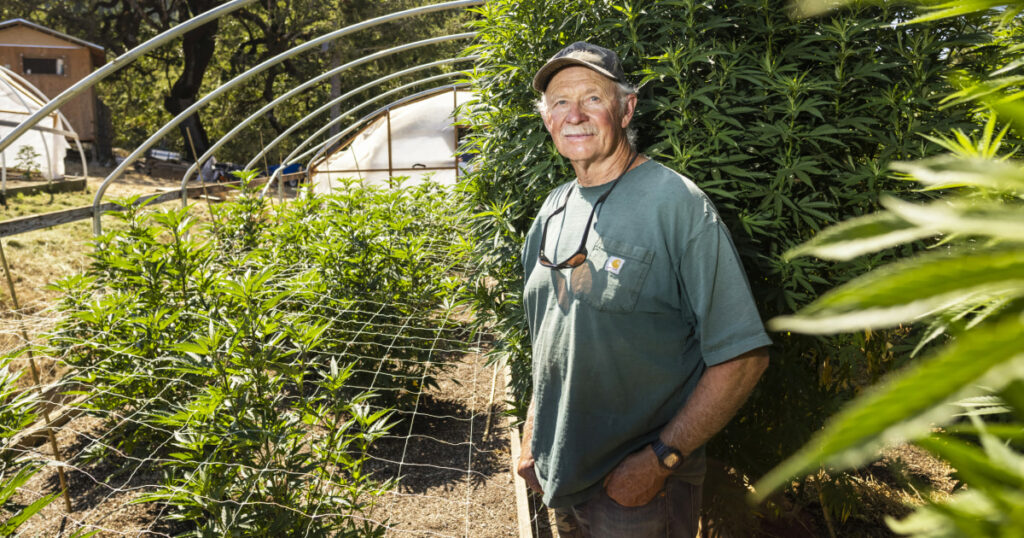Drought, wildfires create new challenges for California cannabis growers
3 min read
Last year, during California’s historic fire season that burned 4.2 million acres across the state, Hale was in high demand. While some cannabis companies were prepared with contingency plans for an emergency, many weren’t.
“It was absolutely messy,” he said. “There would be short periods of time when we would have between 15 and 25 requests for immediate solutions due to the risk of fire. We weren’t sure what each day would bring. “
Several customers called Hale when firefighters pounded on their doors and ordered them to evacuate. They needed help removing money safely from their premises before forest fires or potential thieves showed up. Dozens of armored security vehicles sped through California packing wads of cash, but it could take several hours for security teams to reach remote locations like Humboldt, Hale said.
While Sacramento is the state capital, the Emerald Triangle is the cannabis capital of California, if not the entire country. It began in the late 1960s as a haven for hippies and people drawn to the back-to-the-land movement, which advocated a return to nature and sustainable homesteading.
Since then, the Emerald Triangle has blossomed into a mecca for legal and illegal cannabis.
Humboldt County began licensing formerly classified operations under the state medical marijuana program in 2016 and expanded cultivation licenses in 2018 when recreational cannabis became legal in California. Of the 7,951 cultivation license holders in the state, nearly 3,000 are in the Emerald Triangle and 1,702 of them are in Humboldt County, according to the State Department of Cannabis Control.
Attracted by the promise to capitalize on the new green rush, farmers from across the region – including Mexico, Bulgaria and Laos – flocked to the region to devour land and divert water for their crops.
But the emerald triangle is also home to generations of local breeders. Some of the younger ones were born into the profession while their elders made the transition from black market operators to fully licensed breeders. Among them is a farmer and fire chief named Manning, who is identified only by his middle name to protect his identity.
Manning is tired of waiting for outside fire departments – some of which will have to use helicopters to reach the area – to respond to forest fires in remote areas. He must coordinate with the district to determine the department’s mission and draw lines, and then secure enough local support to bring the issue to a vote.
“The goal is to get to the fire very quickly because we live here,” he said.
In Humboldt County, where farmers and other residents prefer to keep to themselves, forest fire threats are pervasive and costly. Some cannabis growers have up. resorted to build your own fire extinguishing systems with trucks, hoses and water barrels.
Almost all fire departments in the district rely on volunteer firefighters who do not receive any salaries. The departments are largely self-funding through donations, fundraising, and grants, and the money raised is used to fund projects such as fire station maintenance and equipment purchases.
“We have always been the rebel hippie fire brigade,” Manning said of his purely voluntary crew.
He replaced an aging fire truck from the 1980s with a new one that cost about $ 150,000 this summer. It was recently parked in Manning’s driveway, which doubles as the runway for his small plane.





 Protected by Patchstack
Protected by Patchstack